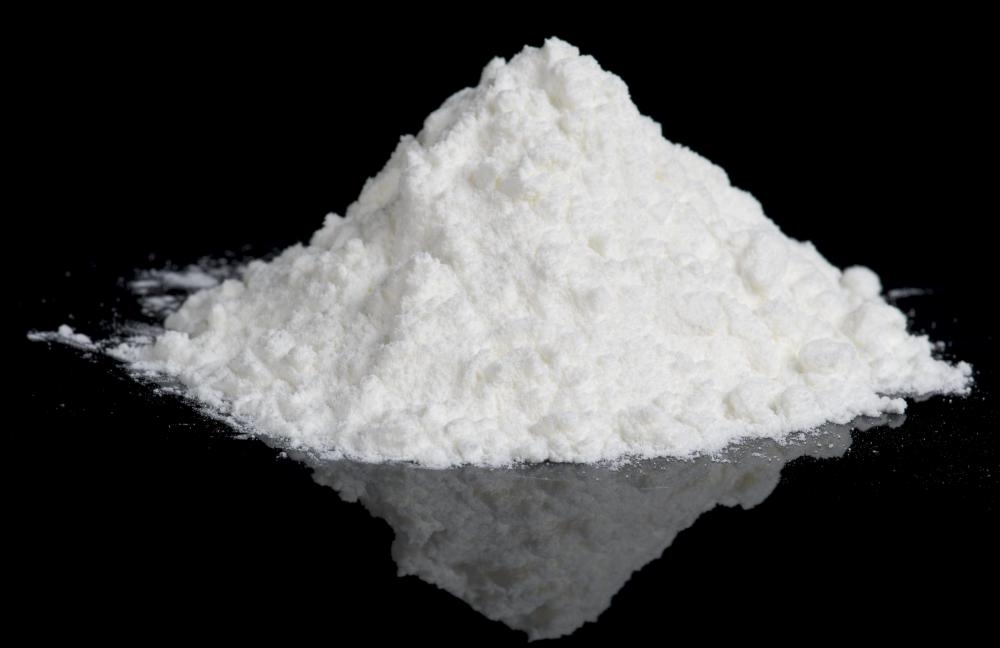At WiseGEEK, we're committed to delivering accurate, trustworthy information. Our expert-authored content is rigorously fact-checked and sourced from credible authorities. Discover how we uphold the highest standards in providing you with reliable knowledge.
How Do I Choose the Best Plastering Materials?
The types of plastering materials you will need will depend entirely on the type of job you will be completing. The first consideration you will need to make when buying plastering materials is what tools you will need to complete the job. Plaster needs to be mixed with water to create a paste, so a stirring stick of some sort will be necessary. The plaster must then be spread, so a flat plastering tool will be necessary for this job. Once the plaster has set and dried, it is often sanded, so sandpaper or a sanding machine such as a palm sander can be used.
Light-duty applications may call for plastering materials such as gypsum plaster, also known as plaster of Paris. When this material dries, it can mimic the look of wood, stone, or metal, depending on how it is painted. It is an ideal choice for arts and crafts projects, and it is commonly used on television or movie sets because it is easy to work with and creates the look of other materials. Cement plaster is used in masonry to create a smooth surface, which means it has a different consistency than gypsum plaster. Once again, plastering materials needed include tools for spreading and smoothing.

Plastering materials used for building pools will be different than other types of plaster, since the materials used in a pool will need to be resistant to water damage. Marble plaster is often used because it creates a smooth, attractive finish, but it is also one of the more expensive options. Quartz pool plaster is a good choice because pieces of quartz within the material create a hard finish that is durable and resistant to staining. It is also one of the more beautiful choices for finishing a pool.

Stop beads are pieces of metal that are used on the edges of plastered areas. They prevent the edges of the plastering materials from crumbling or cracking, and they create a smooth, attractive edge. Angle edges are also available for creating strong corners, and other various metal edges are available for other applications. These may or may not be required for certain projects; any project that will feature an exposed edge that may come in contact with other solid objects will probably require these pieces of metal. Studs are also available for providing rigidity and support to plaster structures; these will be necessary if any load will be placed on the finished structure.
AS FEATURED ON:
AS FEATURED ON:












Discussion Comments
@raynbow- You should be able to find plaster that is made just for wood surfaces at your local hardware or home improvement store. This type of plastering material is thick and sets up easily. You can use a small plastering tool to apply it, and basic sand paper to smooth it out once it dries. In other words, the process for using wood plastering is the same as the process for applying any other types of plaster products.
Are there types of plastering materials to use to patch up hard wood surfaces? I have some wall trim with holes in it, and I would prefer to fix it than buy and install all new trim pieces.
Post your comments